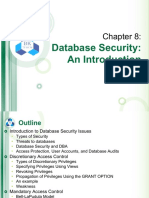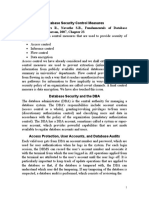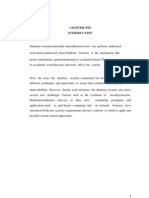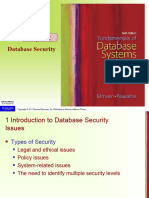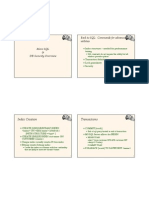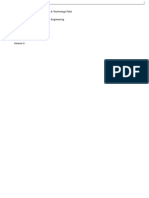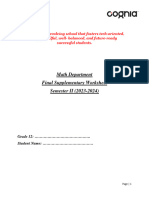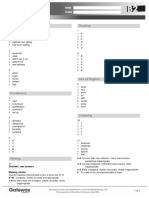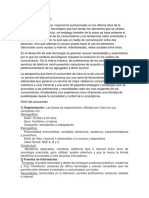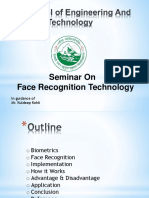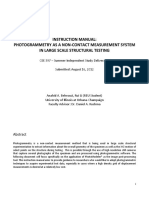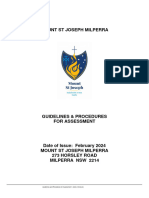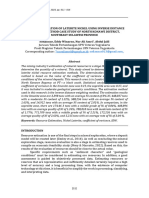0% found this document useful (0 votes)
44 views23 pagesChapter 3 Database Integrity and Security
document
Uploaded by
amentiabraham674Copyright
© © All Rights Reserved
We take content rights seriously. If you suspect this is your content, claim it here.
Available Formats
Download as PPT, PDF, TXT or read online on Scribd
0% found this document useful (0 votes)
44 views23 pagesChapter 3 Database Integrity and Security
document
Uploaded by
amentiabraham674Copyright
© © All Rights Reserved
We take content rights seriously. If you suspect this is your content, claim it here.
Available Formats
Download as PPT, PDF, TXT or read online on Scribd
/ 23






















